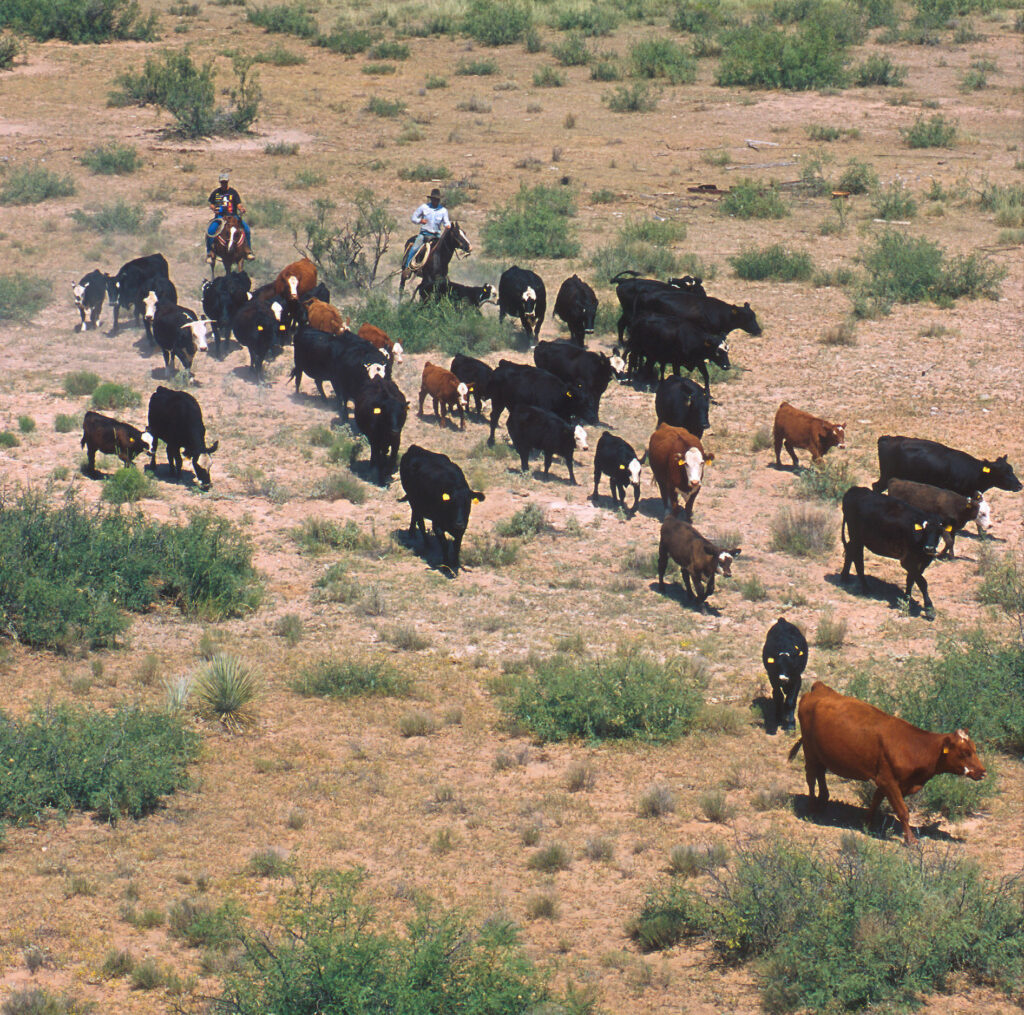Britons or Anglo-Saxons

It’s still an open question what proportion of the population in Northumbria was Anglian and what Britonnic. There were probably pockets of each spread through a sparsely peopled landscape, although it seems likely that the Britonnic population was more inland and Anglian villages lined the coast and the riverways.
In Hope-Taylor’s excavation of Edwin’s royal palace at Ad Gefrin, in the lea of the Cheviot Hills and under the shadow of the Iron Age hillfort atop Yeavering Bell, he found traces of a huge enclosure for cattle and sheep. He interpreted this as the corral where the hill folk brought their render of livestock for the king when he and his household, on their itinerant progress through the kingdom, stopped at Ad Gefrin.
It’s likely that these pastoralists of the high country were of the same lineage as the first people to practice transhumance during the Neolithic. When Edwin’s golden hall stood at Ad Gefrin under the Hill of the Goats, the great circling ring of the hill fort would still have glowed pink, the colour of the quarried andesite from which it was made. Centuries of weathering have dimmed the shock of pink that once wreathed the hill. But Edwin saw it shining bright above his golden hall, a stronghold made by the ancestors of the people who now came down from the hills with their render of sheep and goats and cattle.
0 Comments